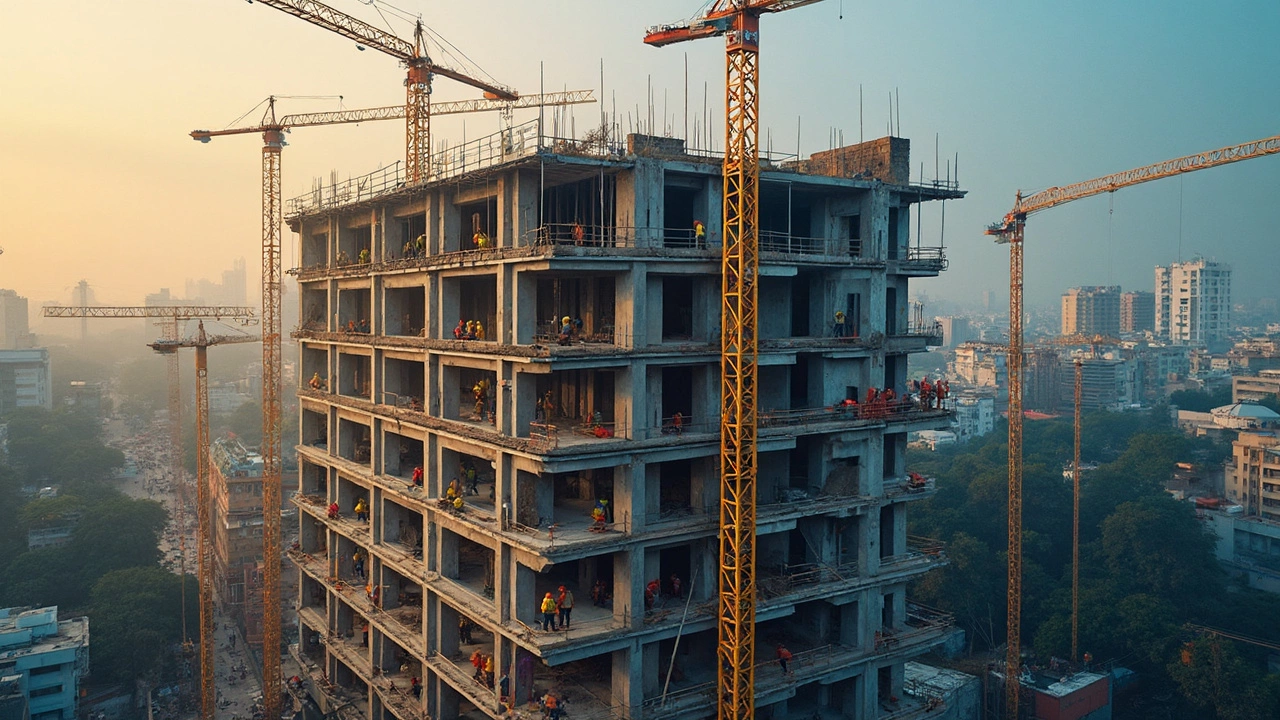Construction Methods: How They Shape Sports Facilities and More
When working with construction methods, the techniques and processes used to build or renovate structures. Also known as building methods, they determine durability, cost, and speed. One popular approach is hybrid construction, a blend of two structural systems in a single project, like combining steel framing with timber panels. Hybrid construction encompasses the idea of mixing materials to get the best of both worlds, but it also requires extra attention to building code, the set of regulations that ensure safety and compliance. If you ignore code nuances, the project can hit costly delays.
Why Choosing the Right Method Matters
Every method carries a construction profit margin, the difference between revenue and total project cost, expressed as a percentage. A higher margin often means more flexibility for premium finishes or faster schedules, while a thin margin pushes contractors to cut waste. Understanding how profit margin influences method selection helps you balance quality with budget constraints.
Another key comparison is commercial vs residential projects, different rule sets, load requirements, and user expectations. Commercial construction typically demands heavier floor loads and stricter fire codes, while residential work focuses on livability and aesthetic appeal. Knowing these distinctions lets you pick a method that meets the specific performance criteria of a sports arena, a gym floor, or a community hall.
For sports facilities, durability and surface performance are non‑negotiable. That’s why many owners opt for specialized flooring systems built on a solid structural core, the foundational layer that supports the final surface. Whether the core is concrete, steel decking, or a composite panel, the chosen construction method dictates how well the floor handles impact, humidity, and heavy foot traffic. It also affects installation time – a pre‑cast concrete slab can be set in days, while a poured‑in‑place system may take weeks.
Below you’ll find a curated list of articles that dive deeper into each of these topics. From the nitty‑gritty of hybrid construction case studies to practical tips on maximizing profit margins, the collection gives you actionable insights you can apply to your next build or renovation project.
 12 Apr 2025
12 Apr 2025
Type D construction refers to a specific classification within the building industry, crucial for its applications in commercial settings. This article delves into its defining characteristics, compares it with other construction types, and sheds light on its benefits and challenges. It offers practical tips for choosing this construction type and examines potential future trends. Understanding these insights can help decision-makers optimize their building projects.
View More
